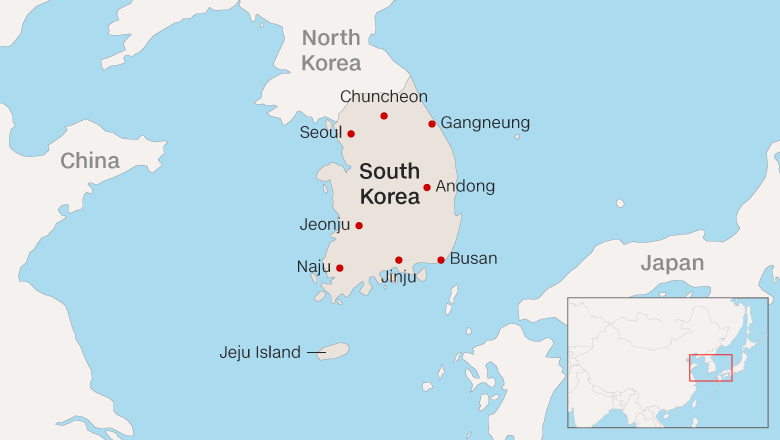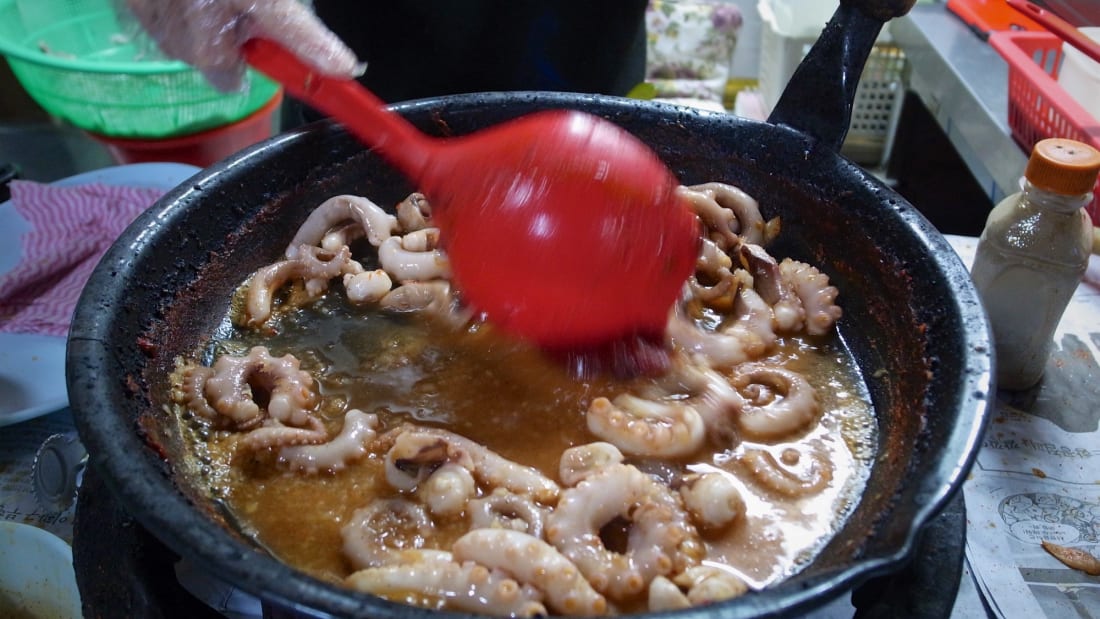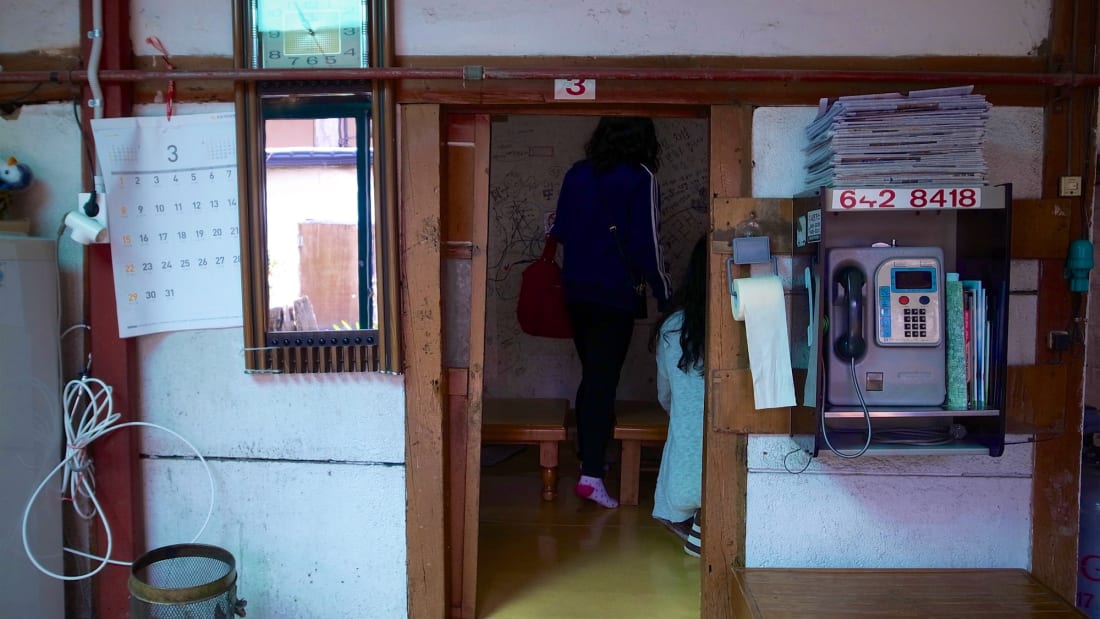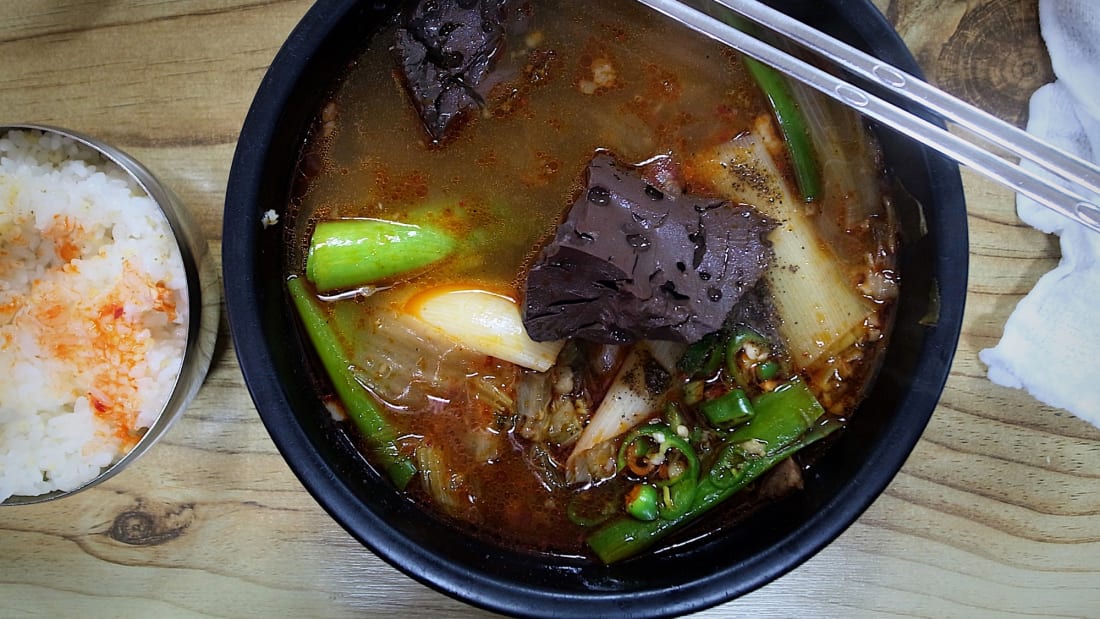10 of South Korea's most delicious dishes

(CNN) — Graham Holliday has made a career out of eating. The author of "Eating Viet Nam" recently published a new book, this time chronicling his culinary adventures through South Korea.
"Eating Korea: Reports on a Culinary Renaissance" explores the country's rich food history and evolving contemporary culinary scene.
Holliday shares 10 of his favorite Korean foods with CNN Travel -- covering everything from 3-year-old kimchi in Seoul to Busan's unusual type of bibimbap -- and offers a few tips on where to find them.

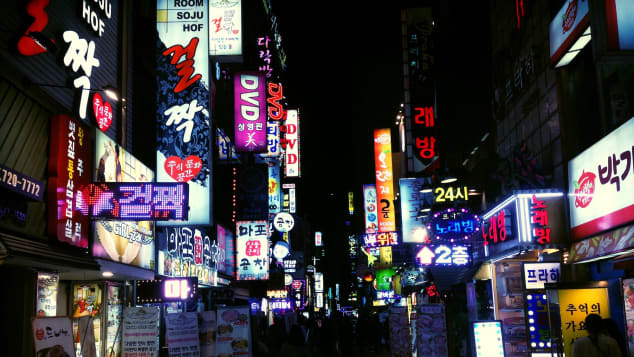 Holliday seeks out traditional Korean food in modern Seoul.
Holliday seeks out traditional Korean food in modern Seoul.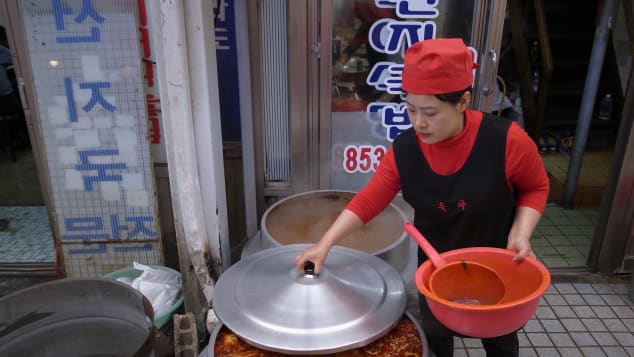 Diners flock to Okya restaurant for seonji gukbap -- a stew with clotted cow's blood.
Diners flock to Okya restaurant for seonji gukbap -- a stew with clotted cow's blood. Jinju's unique bibimbap comes with "yukhoe" -- raw strips of julienned beef.
Jinju's unique bibimbap comes with "yukhoe" -- raw strips of julienned beef. Jeonju city is known for its kongnamul gukbap -- a bean sprout soup.
Jeonju city is known for its kongnamul gukbap -- a bean sprout soup.